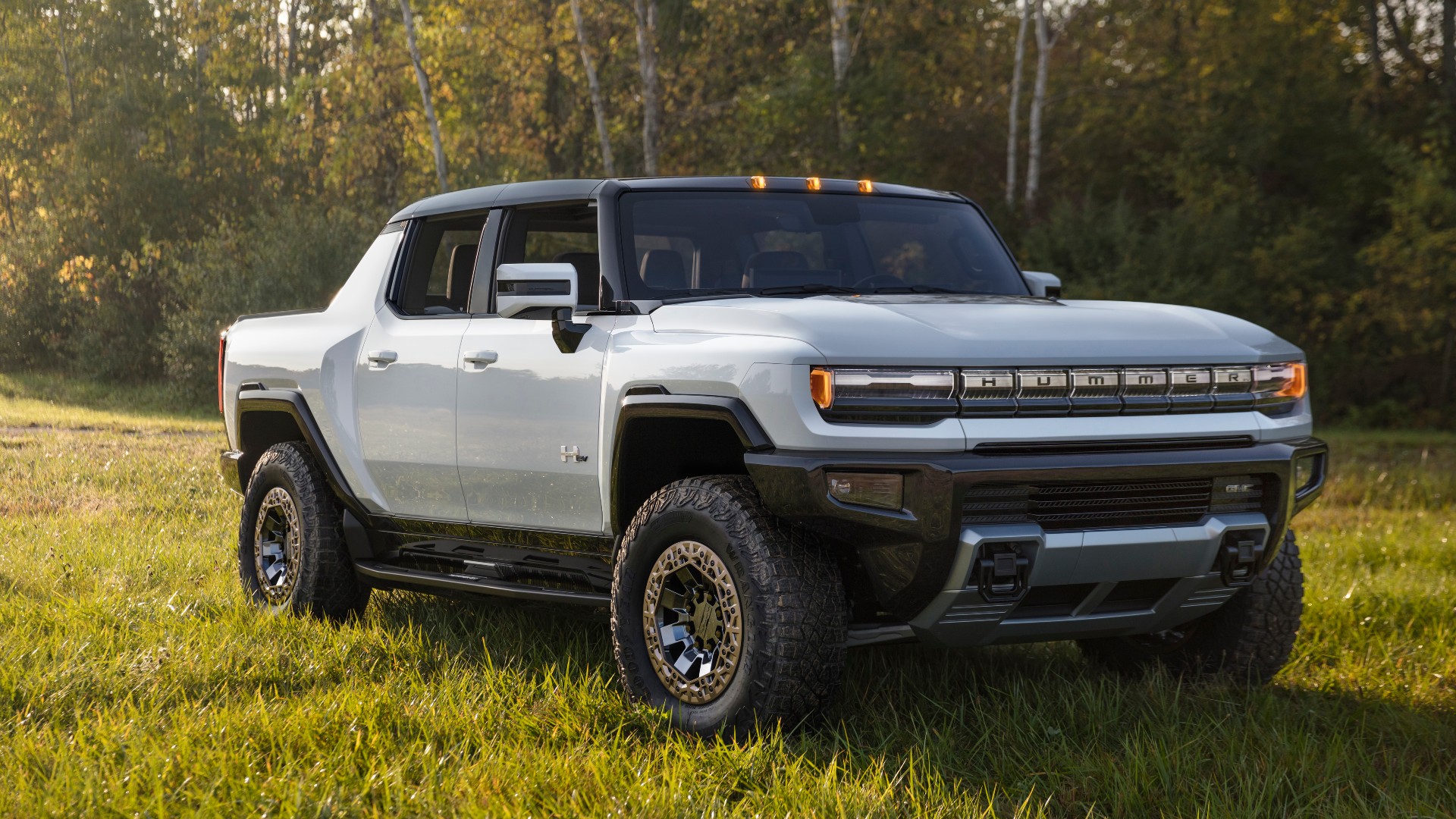

General Motors hasn’t wasted time in 2021 announcing its electrified plans for the future. From that odd new logo that looks like it was made with Microsoft Word Art to its release on Thursday claiming carbon-neutral ambitions for 2040, there’s a lot going on with the United States’ largest car company. Part of this carbon-neutral strategy includes exclusively manufacturing zero-emission light-duty vehicles by 2035, so that means its bread-and-butter models—trucks and SUVs—are bound for change.
Above all, it’s a big reversal seeing as GM previously stood with the Trump administration to fight California’s proposed strengthening of emissions regulations.

GM worked with the Environmental Defense Fund to develop this initiative, and EDF President Fred Krupp noted that other automakers should follow suit with their own battery-focused gameplans:
“With this extraordinary step forward, GM is making it crystal clear that taking action to eliminate pollution from all new light-duty vehicles by 2035 is an essential element of any automaker’s business plan. EDF and GM have had some important differences in the past, but this is a new day in America—one where serious collaboration to achieve transportation electrification, science-based climate progress and equitably shared economic opportunity can move our nation forward.”
While he calls out those “important differences,” he never names them exactly. We’ll go ahead, though, and note that the two parties were on complete opposite ends of the spectrum less than two years ago. In October 2019, GM even intervened in a lawsuit filed by environmental groups against the Trump administration, insisting that emissions regulations should be set at the federal level, not the state level. Just over a year later, in October 2020, GM pulled back its support of Trump after California locked in its own regulations. It soon urged other automakers—namely Toyota and then-Fiat Chrysler—to join in siding with state rights when it comes to setting emissions standards.
GM Chief Executive Mary Barra echoed that sentiment again on Thursday by saying, “General Motors is joining governments and companies around the globe working to establish a safer, greener and better world. We encourage others to follow suit and make a significant impact on our industry and on the economy as a whole.”
You can see why Krupp and the EDF have changed their opinion of GM. Krupp even penned a blog posted to the EDF’s website on Thursday titled, “Why GM’s clean cars announcement is a really big deal.”
It won’t be easy for GM, who’s spent decades fighting its domestic rivals for market share—particularly in various truck and SUV segments. These aren’t all that great when it comes to areas like oil consumption and tailpipe emissions, but GM seems to be jumping the line in a way. Rather than messing with hybrid pickups like Ford has with its F-150 PowerBoost drivetrain, GM will rely on the Ultium batteries that have been a crucial part of its planned $27 billion investment in EVs and automated vehicles.
Before long, GM should have EVs with up to 450 miles of range courtesy of battery packs that are built more or less in-house. What’s more, they’re slated to cost 60 percent less than current packs by mid-decade with twice the energy density. Along with its aggressive product planning that entails 30 global EVs by 2025, that should set the auto giant up for success. Now as much as ever, it’s a matter of execution.
Got a tip? Send us a note: tips@thedrive.com